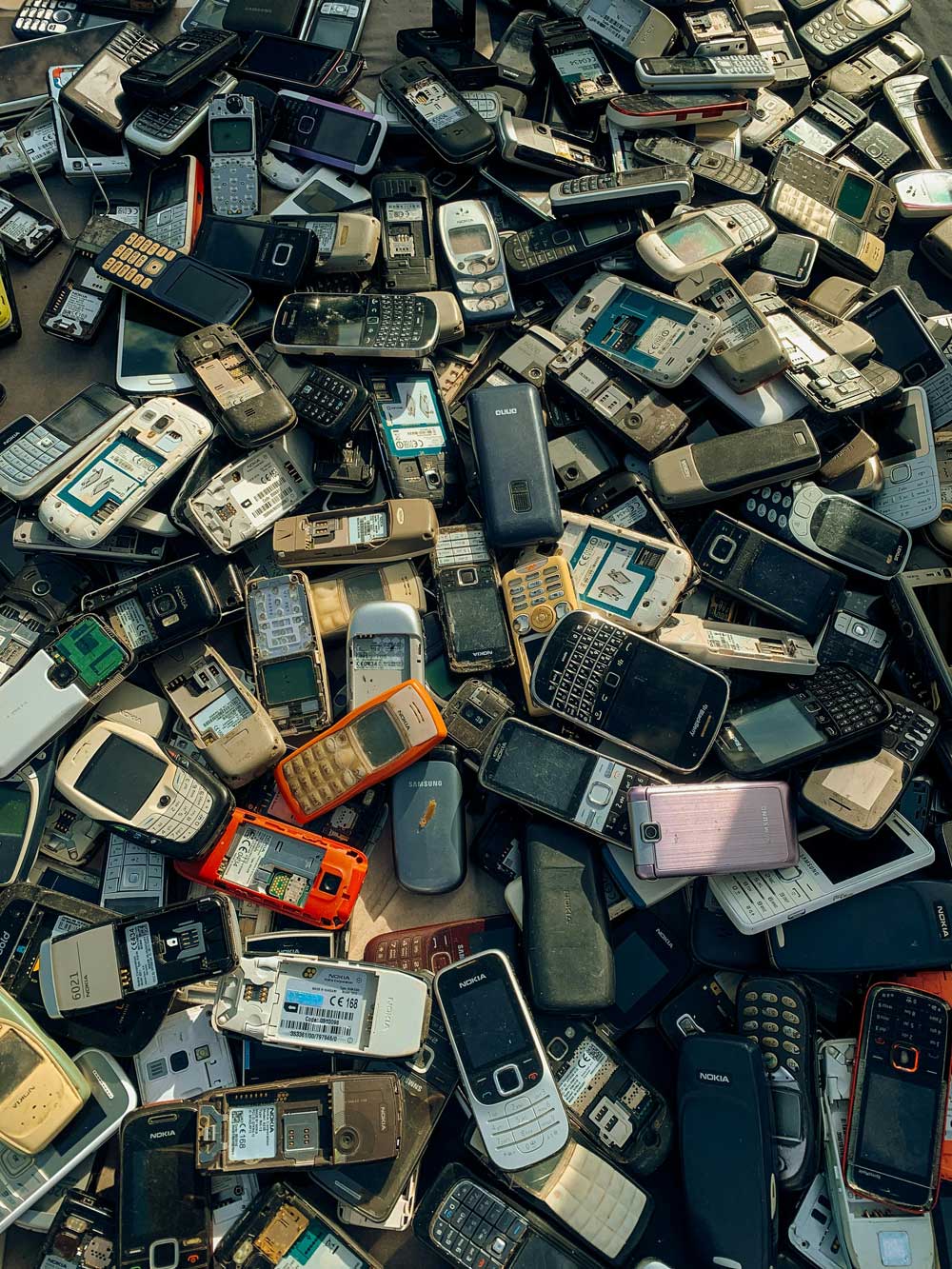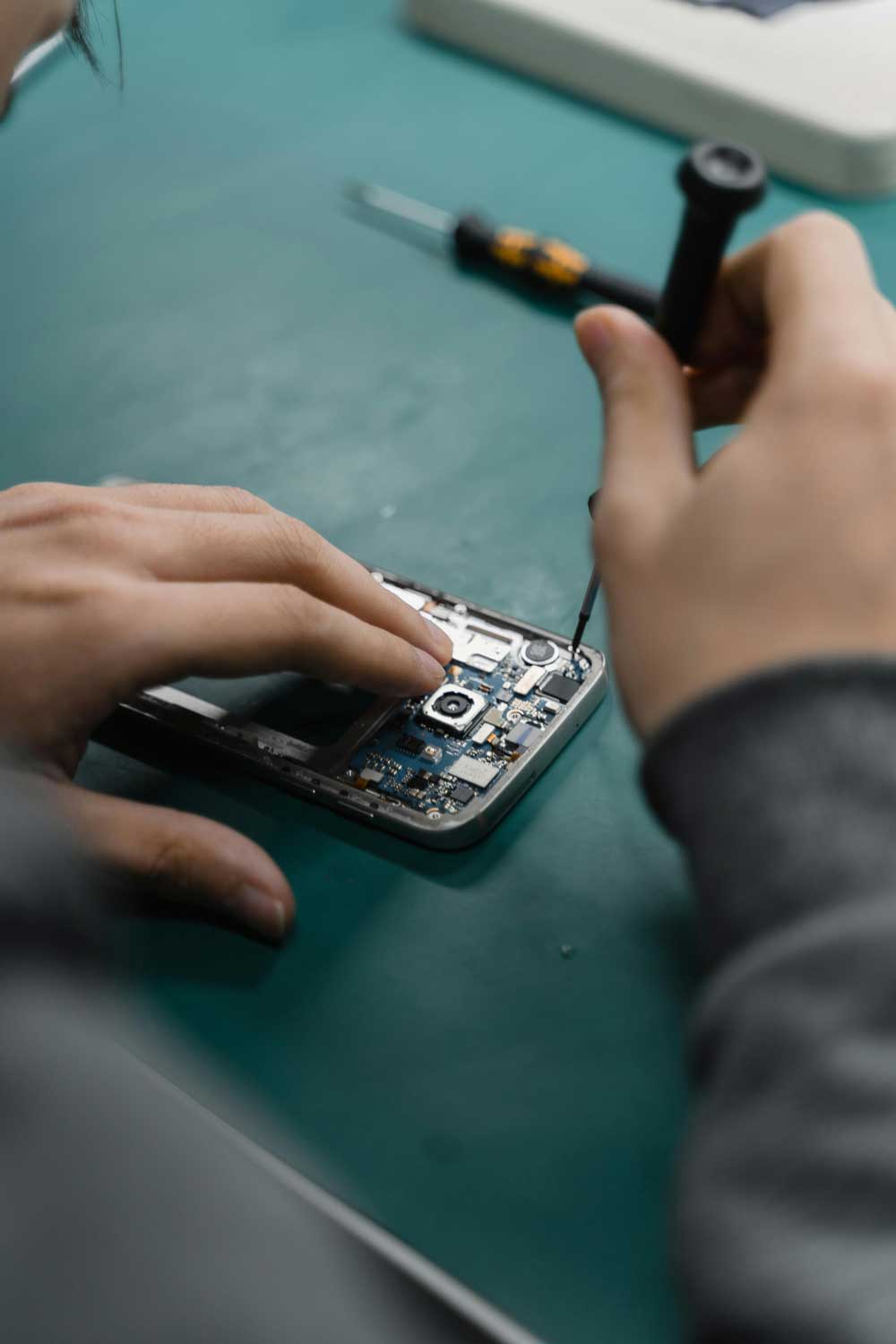In today's digital age, electronic devices are an essential part of our lives. Technology makes our lives more convenient, however, with rapid upgrades and frequent replacements, Indian households are generating increasing amounts of electronic waste (e-waste). According to a 2020 report by the Central Pollution Control Board (CPCB), India generated over 1 million tonnes of e-waste in a year – which is steadily rising.

The good news is, that by making a few mindful changes at home, we can significantly reduce e-waste and its harmful impact on our environment. In a typical Indian household, small steps like repairing, donating, or recycling electronics, combined with creative approaches like gadget swaps or DIY reuse, can collectively make a huge difference. Let’s treat our gadgets with respect and the environment with care – one smart choice at a time.

1. Buy Only What You Need
The first step to reducing e-waste starts before you even buy a device. Indian households often purchase electronics during festive sales or under peer pressure, even when the older device is working just fine. Before upgrading your phone or buying a new kitchen gadget, ask yourself: Do I need this? Avoid falling for marketing gimmicks that push unnecessary upgrades.
2. Repair, Don’t Replace
Repair culture is fading in urban India, but it’s still strong in many towns and smaller cities. Instead of tossing out your malfunctioning fan or mixer grinder, check if a local technician can repair it. Repairing not only saves money but also keeps perfectly usable items out of landfills.

3. Donate or Sell Old Electronics
If you’ve upgraded your phone or TV, and the older one still works, don’t let it collect dust in a drawer. Donate it to someone who needs it—maybe your domestic helper, a student, or a nearby NGO. You can also sell it on platforms like OLX or Cashify. This extends the device’s lifespan and benefits someone else.

4. Recycle Responsibly
Throwing e-waste in your regular dustbin is dangerous. Electronics contain harmful materials like lead, mercury, and cadmium that pollute the soil and groundwater. Many Indian cities now have designated e-waste collection centres. Brands like Samsung, HP, and Apple offer take-back or recycling programs. You can also check with local kabadiwalas, some of whom now specialise in e-waste collection.
5. Use Shared Devices Where Possible
In many Indian homes, every member has their own smartphone, tablet, or laptop. While this is sometimes necessary, shared devices can reduce the number of gadgets you need to buy. For example, a family can share one tablet for reading, watching videos, or browsing.

6. Choose Durable Products
Opt for quality over quantity. A slightly more expensive refrigerator, washing machine, or mobile phone that lasts 10 years is better than a cheaper version that breaks down in two. Brands that offer extended warranties and better service networks should be prioritised.

7. Limit Electronic Freebies
Free headphones, power banks, or USB drives often pile up during festivals, events, or as promotional giveaways. Most of these are low quality and end up as waste. Politely refuse them unless you truly need them.

8. Host a ‘Gadget Swap Day’ in Your Society
Organise a monthly or quarterly gadget swap event with neighbours or housing society members. Someone might need a DVD player you no longer use, and you could find a working radio or speakers for your kitchen. This builds community while reducing waste.
9. Turn Old Gadgets into DIY Projects
Use old mobile phones as CCTV cameras via apps like Alfred, or convert an old tablet into a digital photo frame. Even defunct keyboards can be upcycled into quirky pen holders or wall art with a little creativity.
10. Set Up a Family Tech Detox Routine
Encourage your family to take regular tech breaks or have gadget-free hours. This not only reduces overuse but delays the wear and tear of your electronics, extending their life.

11. Support Brands with a Take-Back Policy
Before purchasing a new device, research brands that offer responsible end-of-life management. Some companies even give cashback or discounts when you return your old gadgets.
12. Teach Kids About E-Waste Early
Engage children in learning about e-waste through fun activities like sorting parts of a broken device or creating art from old wires and chips. This builds lifelong habits of sustainability.